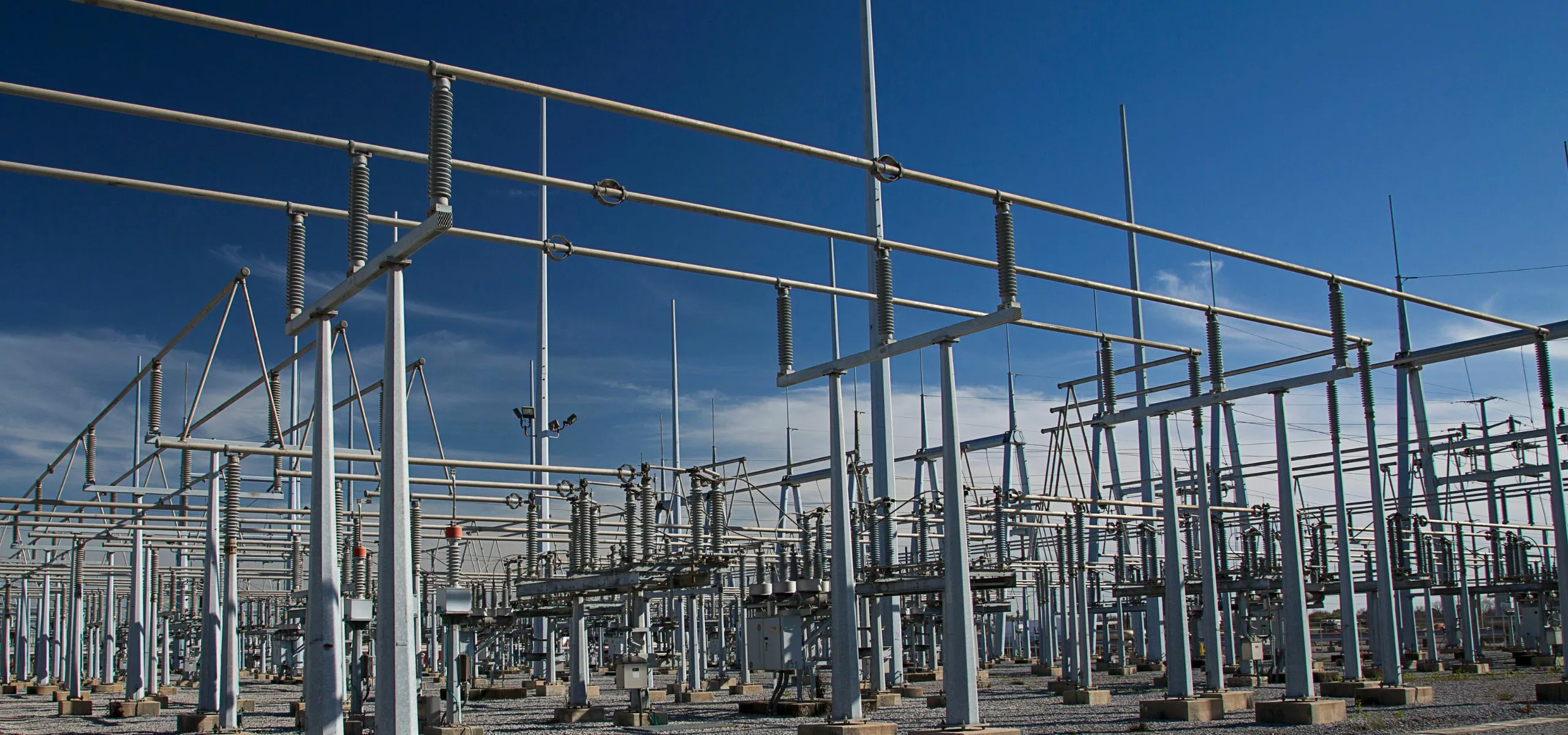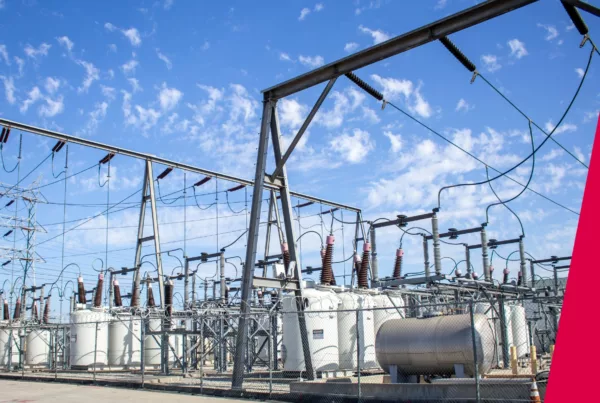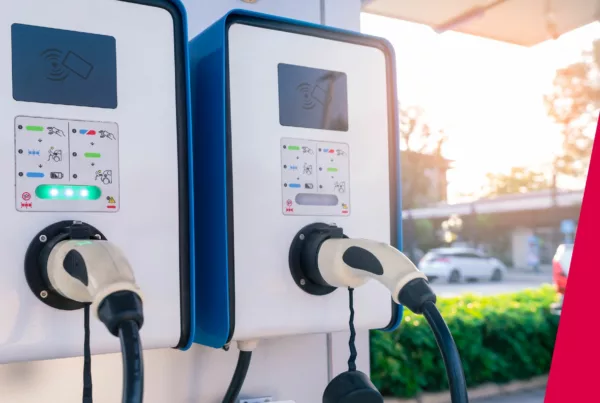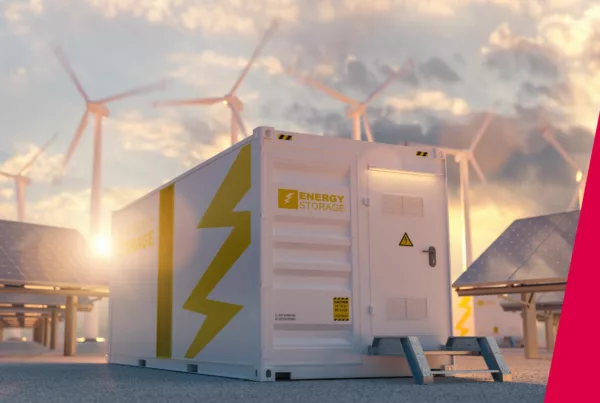The growing global demand for energy, driven by population increases, economic growth and EV adoption, coupled with the integration of renewable energy sources, has exposed the limitations of our existing grid infrastructure. In this article, we delve into the factors that create a compelling case for the adoption of Virtual Power Plants (VPPs) and share our insights into the technology needed to incorporate VPPs into global grid networks.
Solar and Batteries: The Front-Runners in Renewable Energy
The world is racing towards a more sustainable future, and solar energy coupled with battery storage is leading the way. Offering the lowest cost per watt and low-risk investment, these technologies are becoming the go-to solutions for renewable energy projects.
As the uptake of solar energy grows (According to the IEA, in 2022 “Solar PV generation increased by a record 270 TWh, up 26%, reaching almost 1 300 TWh, matching the level envisaged from 2023 to 2030”.), our energy grids face a significant challenge: managing the fluctuations that come with renewable energy sources. In traditional grid management, periods of energy oversupply can disrupt the system, often leading to curtailed production and wasted resources. This is where the concept of Virtual Power Plants (VPPs) comes in. By using advanced software to link various distributed energy resources, a VPP can balance the grid by redistributing excess energy where it’s needed.
Beyond Batteries: The Role of Demand Flexibility
Battery Energy Storage Systems (BESS) are a common solution for storing excess energy, but they’re not the only option. Demand flexibility—i.e. regulating energy usage in real-time to balance supply and demand—can play a critical role too. Think of water boilers, HVAC systems, and industrial processes as unconventional ‘batteries’. By adjusting their operations intelligently during periods of high renewable output, these systems can consume excess energy, thus helping to maintain grid stability.
Smart Grid Management with IoT
Enter the Internet of Things (IoT), an essential component for efficient energy management. Specialised IoT systems are crucial for managing these new grid dynamics. They can make real-time adjustments to connected devices based on current grid conditions. This helps to improve efficiency, reduce costs, and contribute to the overall grid stability.
The Need for Specialised Systems
In the past, systems like Supervisory Control and Data Acquisition (SCADA) were the default for industrial control. However, these systems were not built for the agility and scale required to manage millions of connected assets today. EpiSensor’s IoT infrastructure, in contrast, can be deployed quickly and cost-effectively, offering the real-time responsiveness and data accuracy necessary for managing distributed energy resources at scale.
EpiSensor’s Mission
At EpiSensor, we have designed and developed an industrial-grade IoT platform designed for the energy challenges we face today and into the future. With an easy-to-use interface, EpiSensor Demand Response IoT technology offers fast deployment and scalability, enabling ESCO’s to drive energy services programmes worldwide, such as this advanced demand response programme by our partner Enel X, at a Microsoft data centre in Dublin.
”“The energy transition requires us to keep up with ever-changing rules and regulations in order to deliver our demand response services. EpiSensor enables us to meet those requirements in an agile and futureproof way.”
John ByrneHead of Operations UK and Ireland, Enel X
The Future is Now
The transition to sustainable energy is already at an advanced stage in pockets around the world. Whether it’s electric vehicles in Norway or solar projects in Germany and China, these ‘futuristic patches’ indicate that a more sustainable, smarter energy system is not just a possibility—it’s an inevitability.
Join the energy transition revolution
Collaborate with us to advance our energy future. Browse our solutions or connect directly with our experts to discuss your next project.
**Note**: The information in this article is supported by data sources including Bloomberg NEF for solar investments, International Energy Agency insights and Agora Energiewende for Germany’s energy mix.



